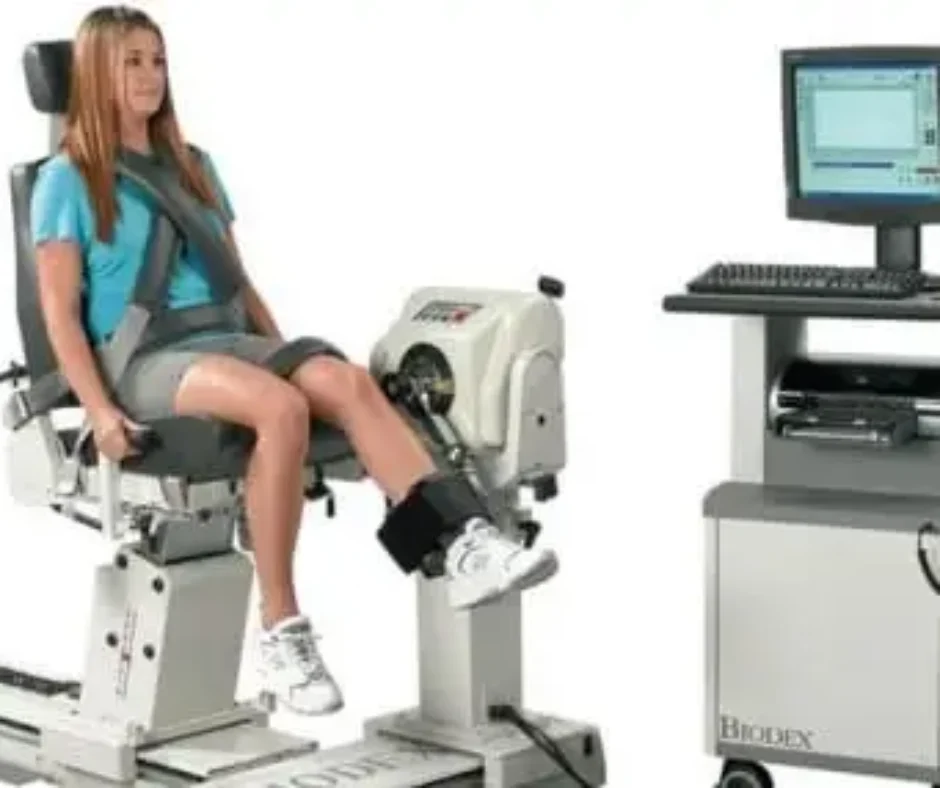
The goal of physical therapy is to optimize movement and restore function. After completing physical therapy following an injury or surgery, you should feel “back to normal.” But sometimes, you may have been living with an impairment for so long, that you forget what “normal” feels like. For this reason, therapists use a matrix of factors to determine your level of improvement and when you’ve reached your max improvement level.
When determining your completeness of therapy, your physical therapist will consider three main areas of assessment:
Patient-based feedback and survey questionnaires
In these assessments, patients respond to survey-like questions about how successful they feel their therapy has been. A typical question would look something like: “I feel that I’m back to my normal level of functioning”, and the patient would rate their level of agreement with the statement. These types of assessments offer subjective reports of improvement, and provide helpful information as to the patient’s interpretation of improvement. Survey questionnaires are often validated with research and are used in combination with the information below to improve clinical decisions.
Objective Tests and Measures
The next way a physical therapist can determine your level of improvement and if you have reached your best possible outcome, is to collect objective, hard data- such as range of motion, strength and flexibility. One of the best mechanisms the physical therapists at Orlando Sports Medicine have to determine a patient’s absolute strength is through the use of an isokinetic dynamometer (e.g. Bidoex). These are machines that measure and provide specific strength variables that the physical therapists use to determine your level of recovery and muscular function. A Biodex test removes any subjectivity from the strength assessment. Your therapist will use the numbers generated by this machine to compare it against your baseline data that was obtained at the start of your therapy, or use it to compare your results against population standards to assess the success of your therapy. Not every PT clinic has access to these types of machines, so ask about the availability before beginning your therapy.
Assessment of Functional Movement and Tasks
Finally, there are a variety of functional movement assessments that physical therapists use to measure improvement. To conduct these assessments, your therapist may ask you to squat, lunge, jump, pivot, run or do other dynamic activities. Conducting these activities without pain, swelling, or compensation at different levels of intensity helps your therapist determine your overall progress and readiness to return to work, practice or play.
Combining all three ways of assessing patient outcomes provides a more complete, less subjective view of the patient’s overall improvement and help your therapist better determine if a patient has completed physical therapy. The therapists at Orlando Sports Medicine employ all three methods in assessing their patients.
If you feel like you never returned to your best level of functioning, it is not too late to improve through physical therapy. Contact us to get back on the road to recovery. Using these three methods of measuring improvement, you will be able to see your progress along the way.